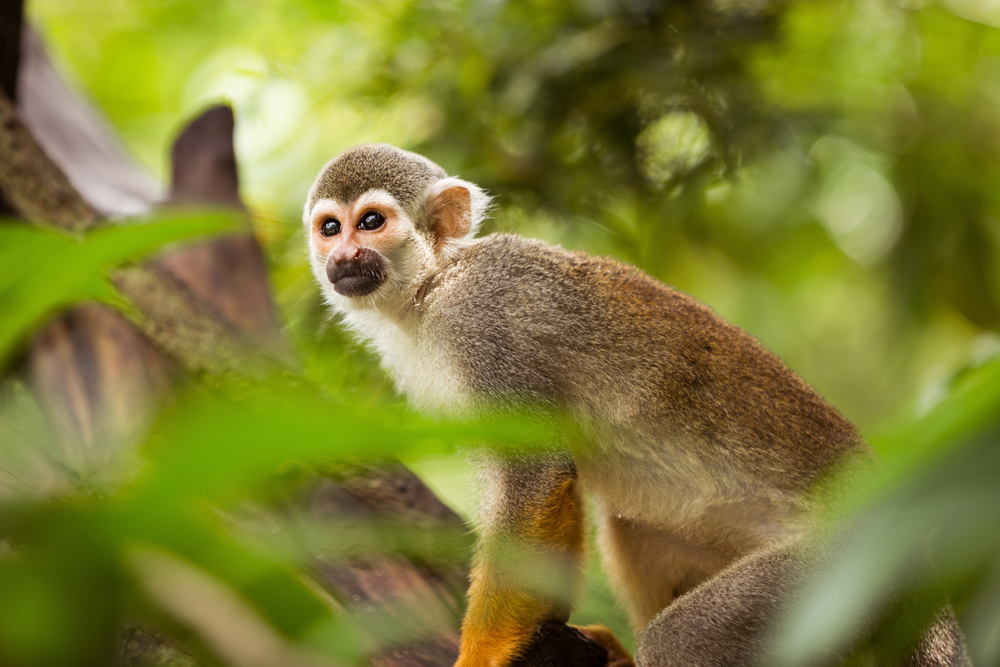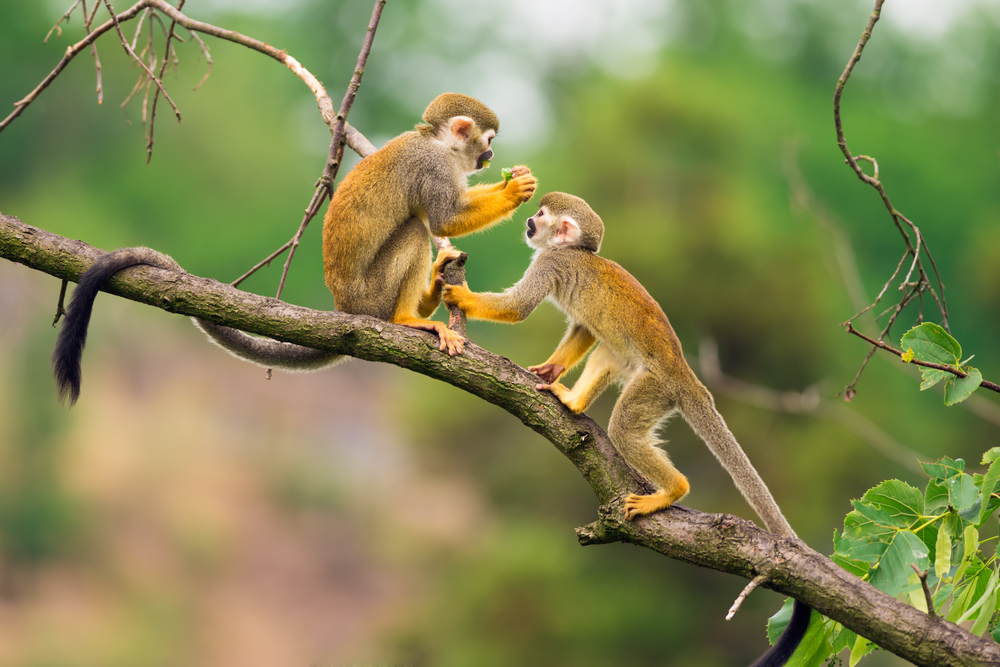There are several recognized species of squirrel monkeys (genus Saimiri) found in Central and South America. Some of the recognized species include:
- Common Squirrel Monkey (Saimiri sciureus): This is one of the most well-known and widespread species of squirrel monkeys, inhabiting various regions in South America.
- Black-capped Squirrel Monkey (Saimiri boliviensis): Found in parts of South America, recognized for its distinctive black cap.
- Bolivian Squirrel Monkey (Saimiri boliviensis boliviensis): A subspecies of the Black-capped Squirrel Monkey found in Bolivia.
- Central American Squirrel Monkey (Saimiri oerstedii): Inhabits parts of Central America and has distinctive facial markings.
- Guyanan Squirrel Monkey (Saimiri vanzolinii): Native to Guyana and Brazil, characterized by its appearance and geographic range.
- Collared Squirrel Monkey (Saimiri collinsi): Found in Brazil, it is recognized for its collar-like markings.
- Peruvian Squirrel Monkey (Saimiri ustus): Native to Peru, known for its distribution in certain parts of the country.
Each of these squirrel monkey species has its own unique geographic range, physical characteristics, and behaviors, making them a diverse and interesting group of New World monkeys.
















































































